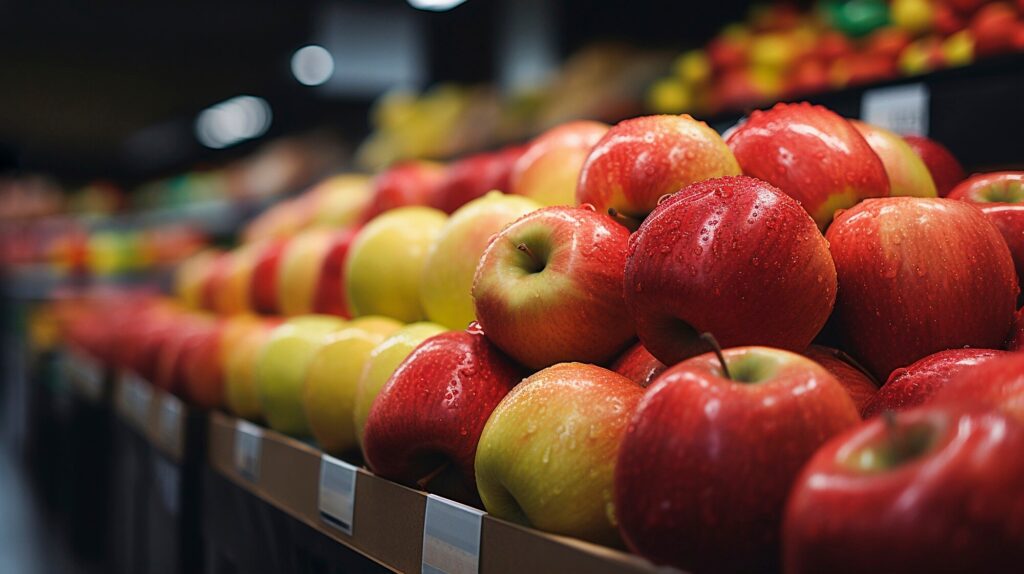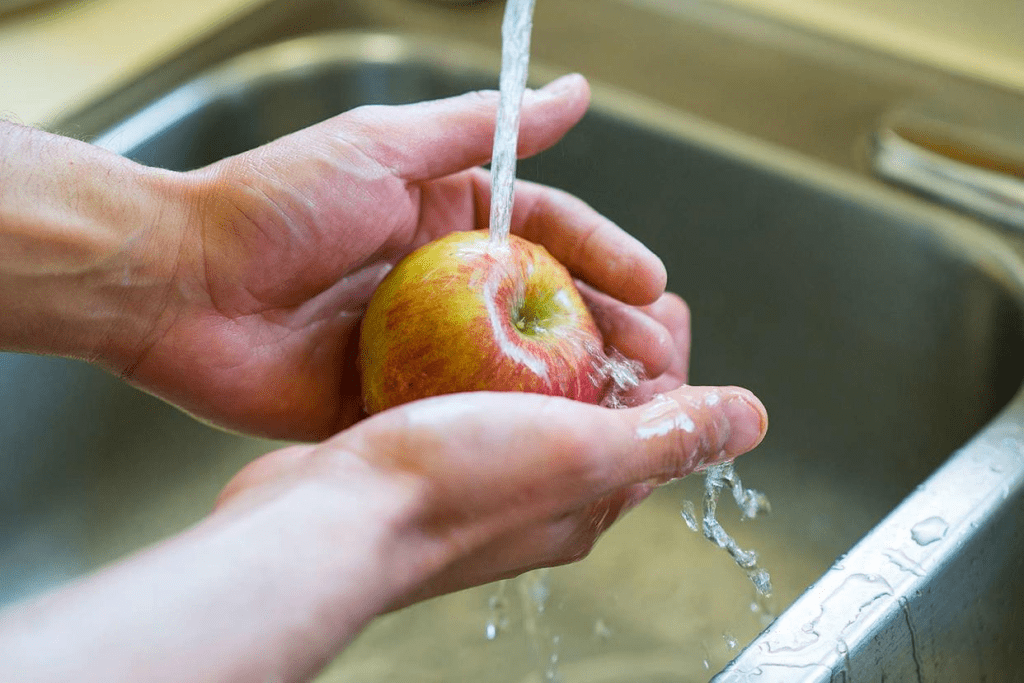A recent scientific study supports consumer worries regarding pesticide residues in food by providing new proof that washing fruit before eating does not completely eliminate a variety of hazardous chemicals frequently used in farming.

The study, which was released on Wednesday in the journal Nano Letters of the American Chemical Society, comes amid a continuing discussion about the degree of pesticide contamination in food and the possible health effects of consuming a diet high in pesticide residues.
Based on a review of data collected by the US Department of Agriculture (USDA), Consumer Reports reported in May that 20% of 59 different fruit and vegetable categories contained pesticide residues at levels that posed “significant risks” to consumers.
The main objective of the recently published paper is to disseminate the technical specifications of a procedure that the writers devised to improve the traceability of pesticides in food. However, the fundamental discovery about fruit washing’s ineffectiveness is significant for customers who might be depending on inadequate food safety procedures, the scientists noted.
According to the report, “traditional fruit-cleaning operations cannot completely remove pesticides.”
When using the technique to examine an apple, for instance, the researchers said the “imaging results prove that the pesticides penetrate the peel layer into the pulp layer.”

The authors reported that when the apple peel and a portion of the pulp layer were removed, the pesticide contamination decreased using the technology they created.
“This study, situated within the expansive realm of food safety, endeavors to furnish health guidance to consumers,” said Dongdong Ye, a professor with China’s School of Materials and Chemistry at Anhui Agricultural University and an author of the paper. “Rather than fostering undue apprehension, the research posits that peeling can effectively eliminate nearly all pesticide residues, in contrast with the frequently recommended practice of washing.”
Michael Hansen, senior scientist at Consumer Reports, stated that government and academic scientists may find the new method useful in their efforts to better understand pesticide persistence in food and improve consumer protection.

“This is actually useful for understanding how these pesticides move in,” Hansen said. “This is more science showing that, yes, there are concerns. Don’t just think that washing is going to help you.”
Numerous studies have shown the health concerns associated with pesticides, however, most of them focus on work exposure rather than food consumption. If pesticide residues in food are under permissible limits, neither the USDA nor the Food and Drug Administration believe they pose a health risk.
For many years, both organizations have monitored the amount of pesticide residue in food and published their results annually.

The USDA stated that 99% of the foods tested had residues that were under permissible limits and did not “pose a risk to consumers’ health and are safe” in their most current report on the pesticide data program. This is not the case with Consumer Reports’ conclusions, which hold that the government’s set limitations are excessively high.
The USDA revealed that of the over 10,000 food samples, more than 72% contained measurable pesticide residues.